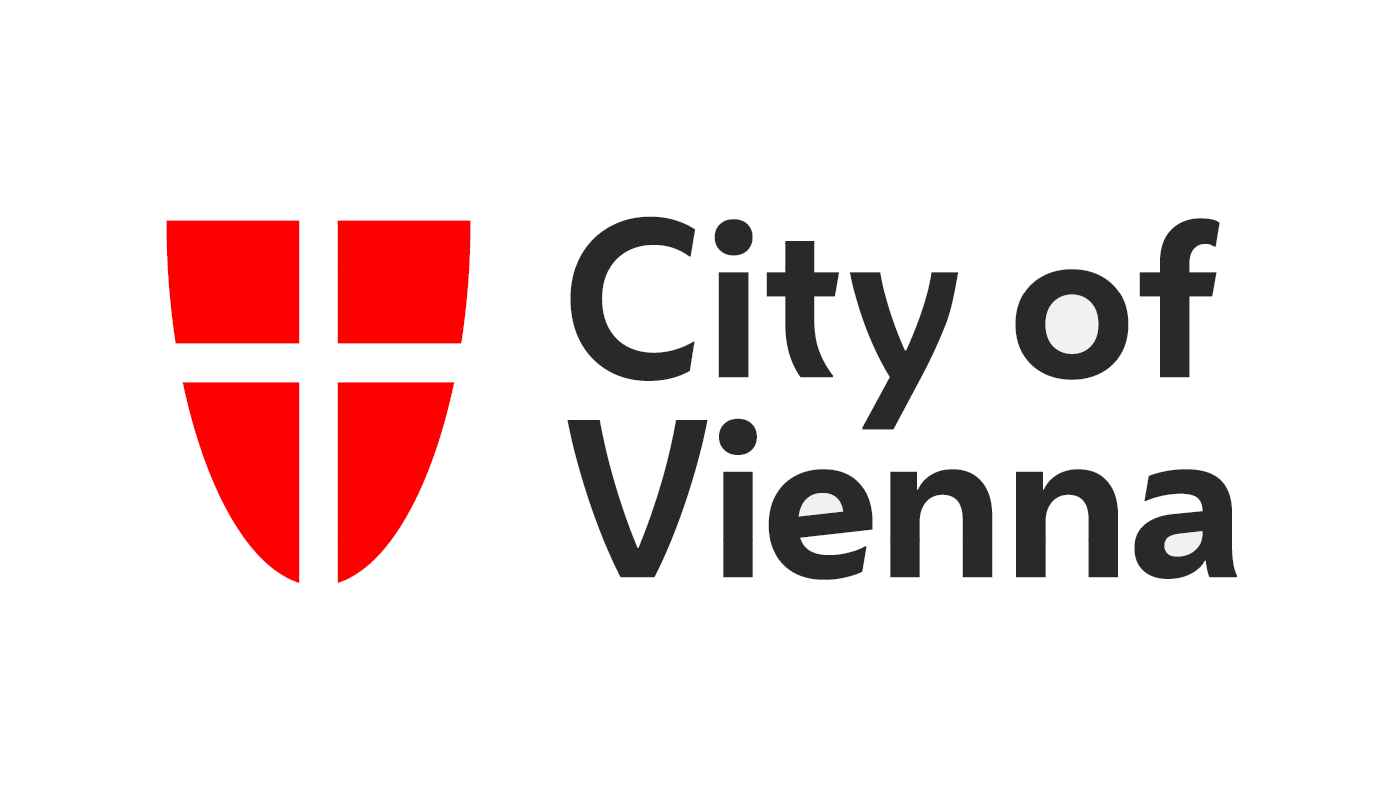Overall, the literature clearly suggests that there is a nexus between socio-economic status (SES) and health (e.g. Adler and Ostrove 1999; Nandi et al. 2014; Fleurbaey and Schokkaert 2011; Kim and Park 2015). So, “[…] health differences generate income inequality, income differences generate health inequality, and income inequality damages health” (O’Donnell et al. 2015, p. 1513). As such income is a very relevant aspect of health (in)equity. Income and income inequality affect health, i.e. lower income corresponds to weaker health (e.g. Lynch and Kaplan 1997; Ecob and Smith 1999; Benzeval et al. 2001). Marmot (2002) argues that income inequality matters to health in three ways. First, through the individual income of persons, second through the economic output of a country, and third through the relative income inequalities among rich nations and among geographic areas. Income inequality also plays a crucial role in welfare regimes (Marx et al. 2015) and income levels themselves are relevant for attitudes towards inequality of the same (Clark and D’Ambrosio 2015). Overall, SES and (relative) income (e.g. Daniels et al. 1999), as well as material deprivation (e.g. Carstairs 1995) have proven to be highly relevant to people’s health.
While SES can incorporate a multitude of factors, income and occupational status are frequently included when constructing a measure of SES in health-related research (e.g. Winkleby et al. 1992; Darin-Mattsson et al. 2017). Conway et al. (2019, p. 38) state “Measuring socioeconomic status and inequalities is essential to understanding the risk, burden, and impact of socioeconomic factors on health, disease […]”. Grundy and Holt (2001) recommend measuring SES as social class tied with an indicator of deprivation.
Scholars have raised concerns that the COVID-19 pandemic disproportionally affects marginalised groups (e.g. Shadmi et al. 2020; Fortuna et al. 2020; Devakumar et al. 2020; Marmot and Allen 2020; Bambra and Lynch 2021; Ismail et al. 2021) Numerous studies deliver rigorous evidence for such exacerbated inequity in health amidst the pandemic in many countries (e.g. Azar et al. 2020; Baqui et al. 2020; Adams-Prassl et al. 2020; Mackey et al. 2020; Birenbaum-Carmeli and Chassida 2021; Dimopoulos-Bick et al. 2021). This includes economically and financially deprived populations. “It is widely recognized that poverty is a social determinant of poor health” (Benfer 2015, p. 275).

